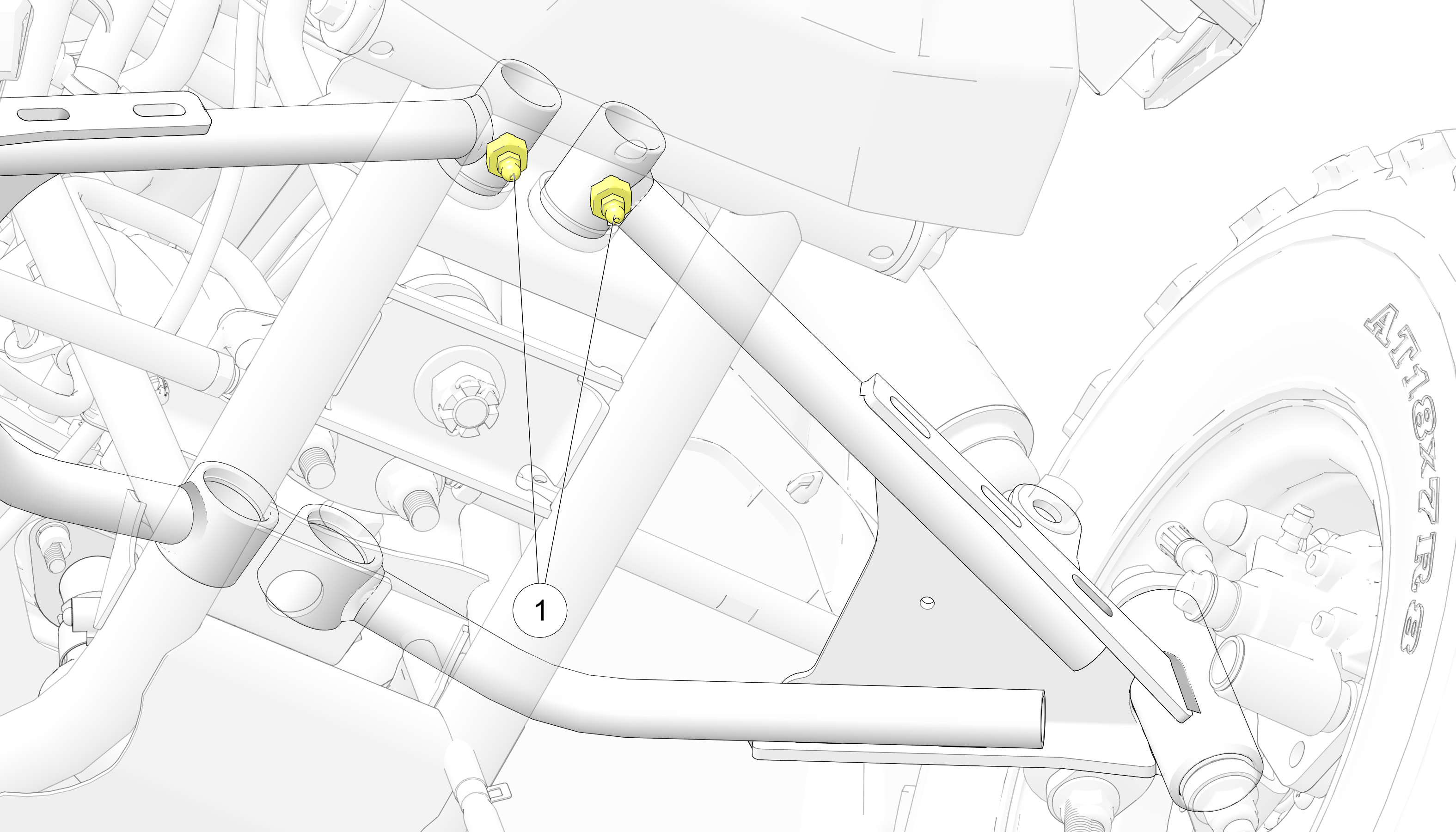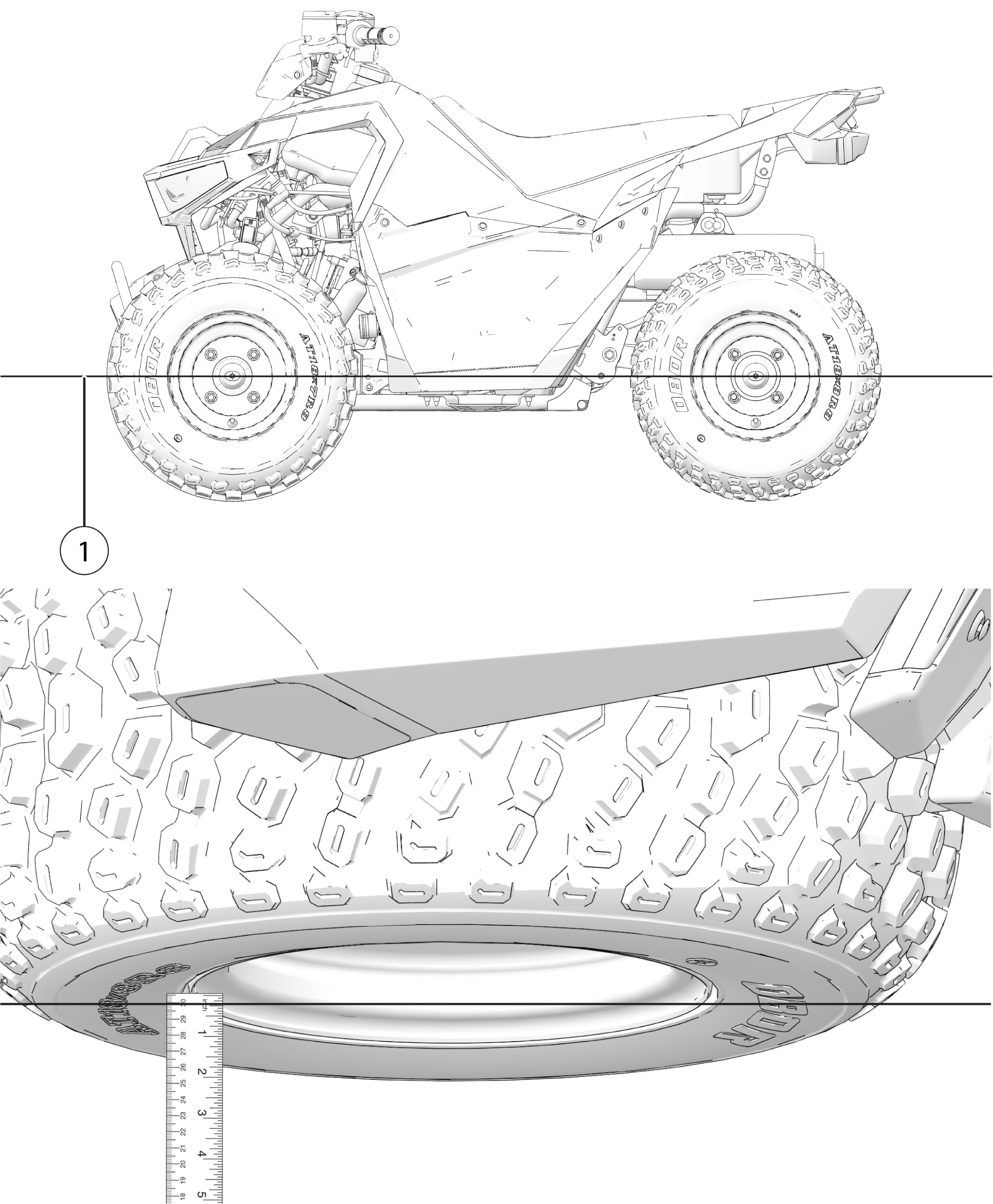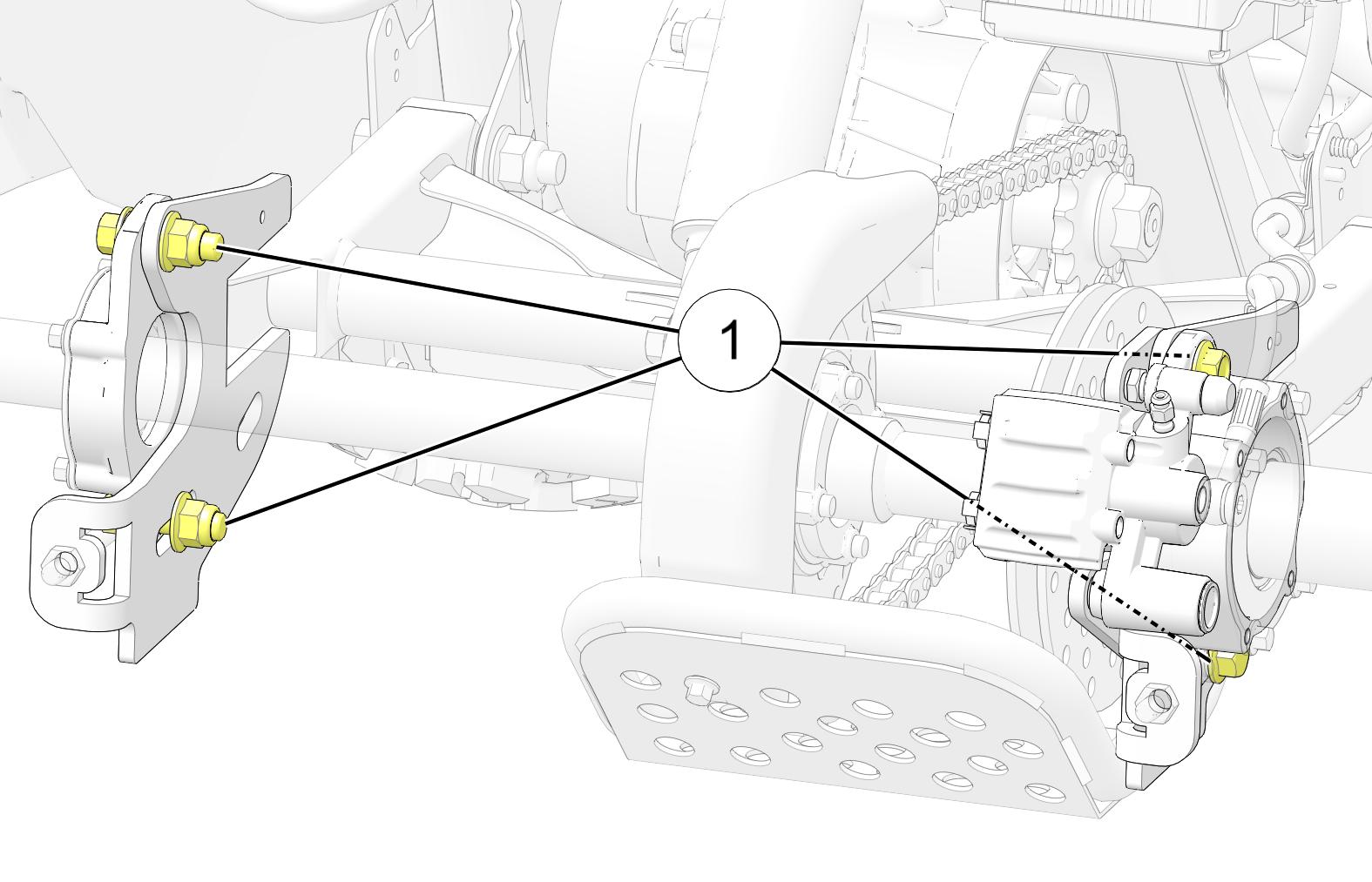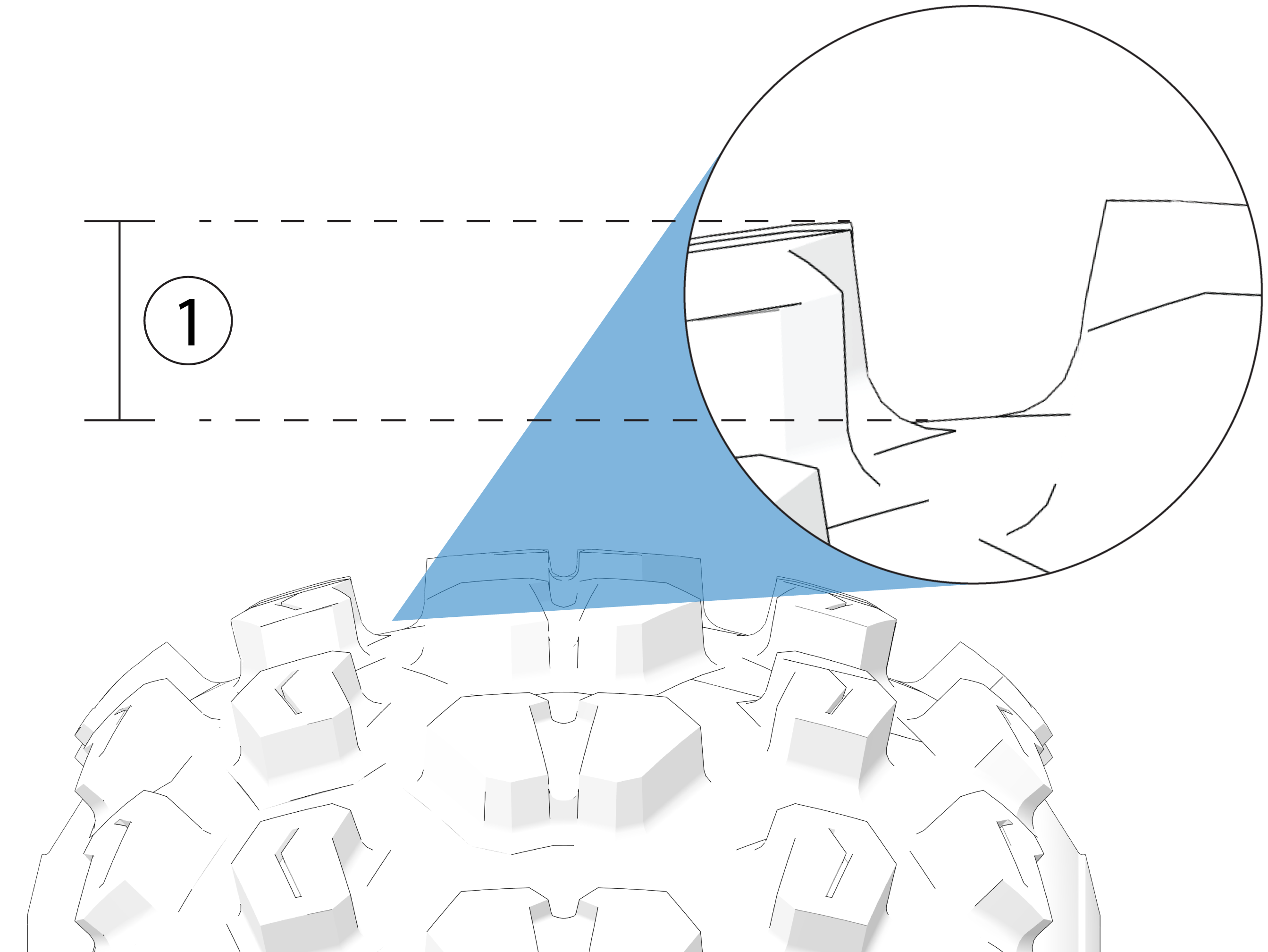Certain POLARIS Off-Road Vehicles are available in 49-state and
50-state versions. Only the 50-state models are certified for sale
in California. The 50-state models available for sale in California
are identified by the letter “B” in the ninth position
of the model number (e.g., R16RTE87B). The POLARIS 50-state models
are designed and built with features such as a reduced cargo box capacity.
Any modifications to these features may be a violation of the applicable
California regulations and may void this limited emissions warranty
offered by the manufacturer.
The California evaporative emissions control system limited warranty
statement below applies to your Off Highway Recreational Vehicle in
California if the vehicle is equipped with an evaporative emission
control system and is labeled with a Vehicle Evaporative Emissions
Control Information label indicating that the vehicle conforms to
California evaporative emissions regulations applicable to new off-road
sport vehicles, all-terrain vehicles, or off-road utility vehicles.
These vehicles are referred to as “OHRV-EVAP” below.
CALIFORNIA EMISSION CONTROL WARRANTY STATEMENT YOUR WARRANTY
RIGHTS AND OBLIGATIONS
The California Air Resources Board and Polaris Industries Inc.
is pleased to explain the emission control system warranty on your
model year 2018 and newer Off Highway Recreational Vehicle. In California,
new off-highway recreational vehicles must be designed, built and
equipped to meet the State's stringent anti-smog standards. Polaris
must warrant the emission control system on your OHRV-EVAP for the
periods of time listed below provided there has been no abuse, neglect
or improper maintenance of your OHRV-EVAP.
Your emission control system may include parts such as the carburetor
or fuel injection system, fuel tank, fuel hoses, carbon canister,
engine computer and Evaporative Emissions Control System parts listed
in the U.S.A. EPA Emissions Limited Warranty. Also included may be
hoses, belts, connectors and other emission-related assemblies. Where
a warrantable condition exists, Polaris will repair your OHRV-EVAP
at no cost to you including diagnosis, parts and labor.
MANUFACTURER’S WARRANTY COVERAGE:
For model year 2018 and newer OHRV-EVAP models.
For 30 months, or 2500 miles, or 250 hours, whichever comes first,
except for evaporative components over the OHRV high-priced warranty
value, which is covered for 60 months, or 5000 miles, or 500 hours,
whichever comes first. If any emission-related part on your OHRV-EVAP
is defective, the part will be repaired or replaced by Polaris.
OWNER'S WARRANTY RESPONSIBILITIES:
As the OHRV-EVAP owner, you are responsible for the performance
of the required maintenance listed in your owner's manual. Polaris
recommends that you retain all receipts covering maintenance on your
OHRV-EVAP, but Polaris cannot deny warranty solely for the lack of
receipts or for your failure to ensure the performance of a scheduled
maintenance.
As an owner you are responsible for presenting your OHRV-EVAP to
a Polaris dealer as soon as a problem exists. The warranty repairs
should be completed in a reasonable amount of time, not to exceed
30 days.
As an OHRV-EVAP owner, you should also be aware that Polaris may
deny you warranty coverage if your OHRV-EVAP or a part has failed
due to abuse, neglect, improper maintenance or unapproved modifications.
ADD-ON OR MODIFIED PARTS
An add-on or modified part must be compliant with applicable CARB
emission control standards. A violation of this requirement is punishable
by civil and/or criminal punishment.
If you have any questions regarding your warranty rights and responsibilities,
you should contact Polaris Customer Assistance at 1-800-POLARIS (1-800-765-2747)
or the California Air Resources Board at 9528 Telstar Avenue, El Monte,
CA 91731.
United States & Canada: 1-800-POLARIS (1-800-765-2747)
French: 1-800-268-6334










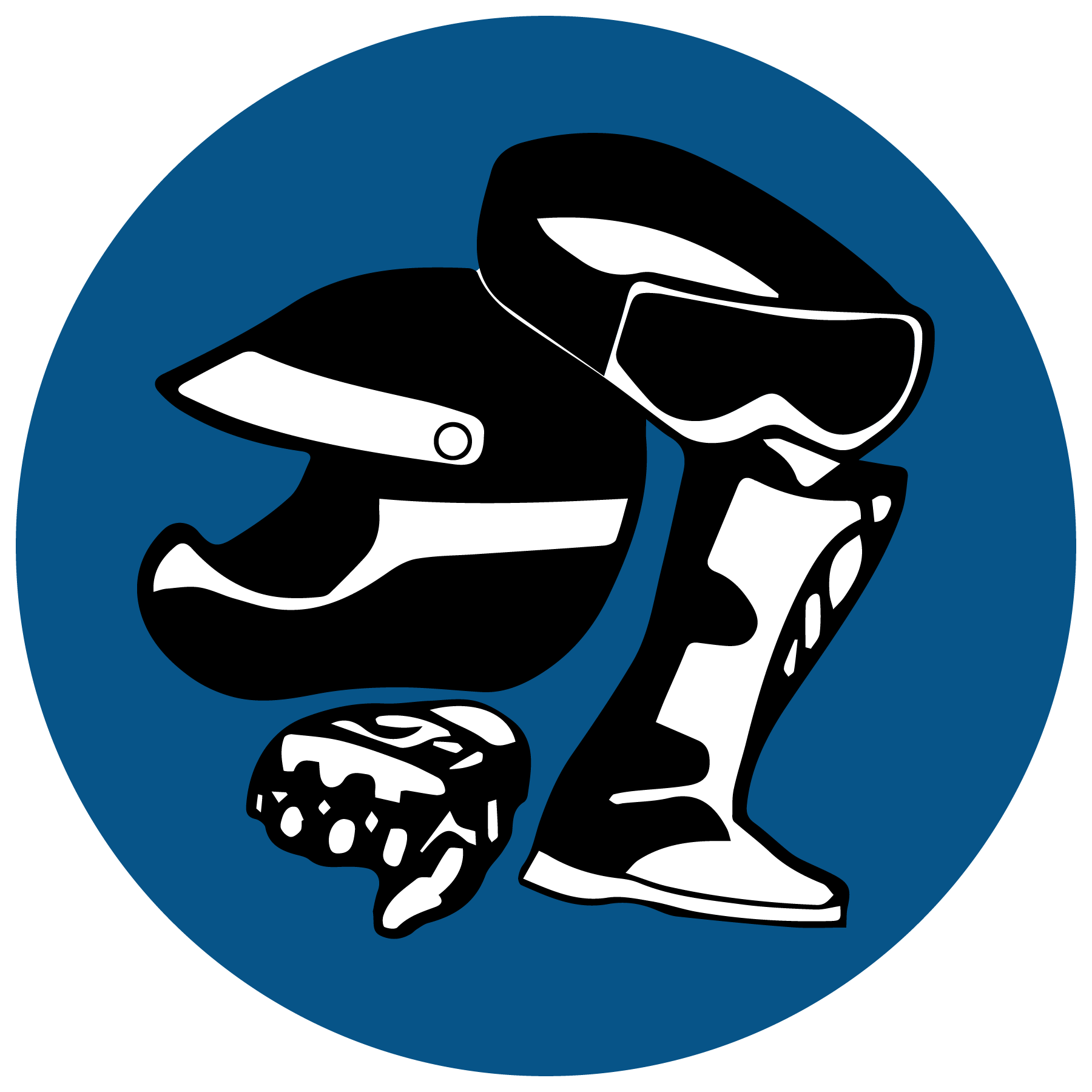


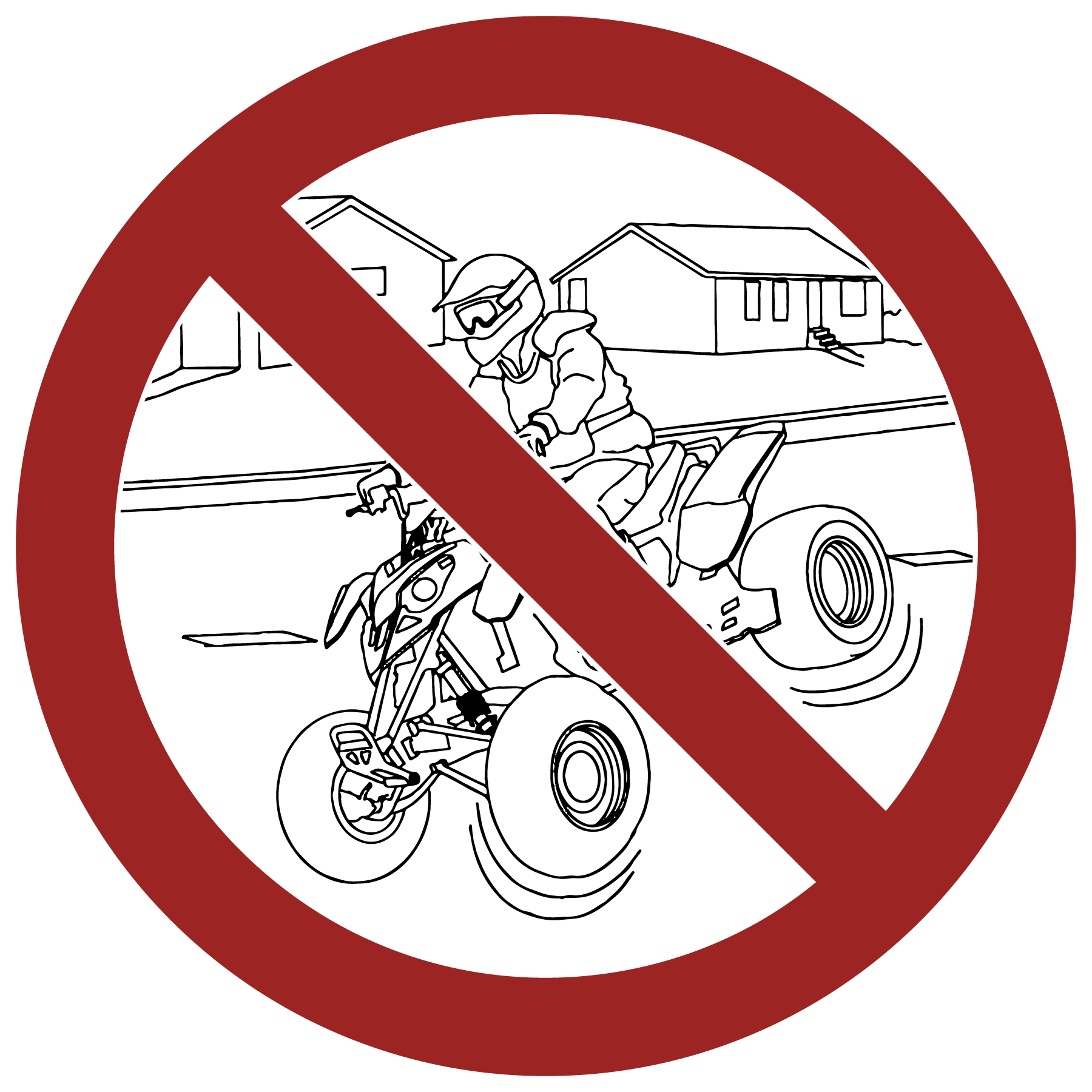






















 Engine Start
Engine Start Engine Stop
Engine Stop to sound the horn.
to sound the horn.








